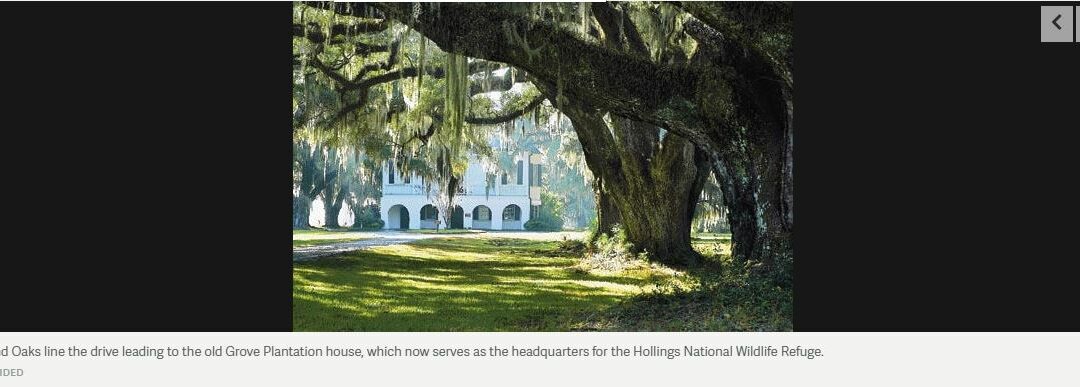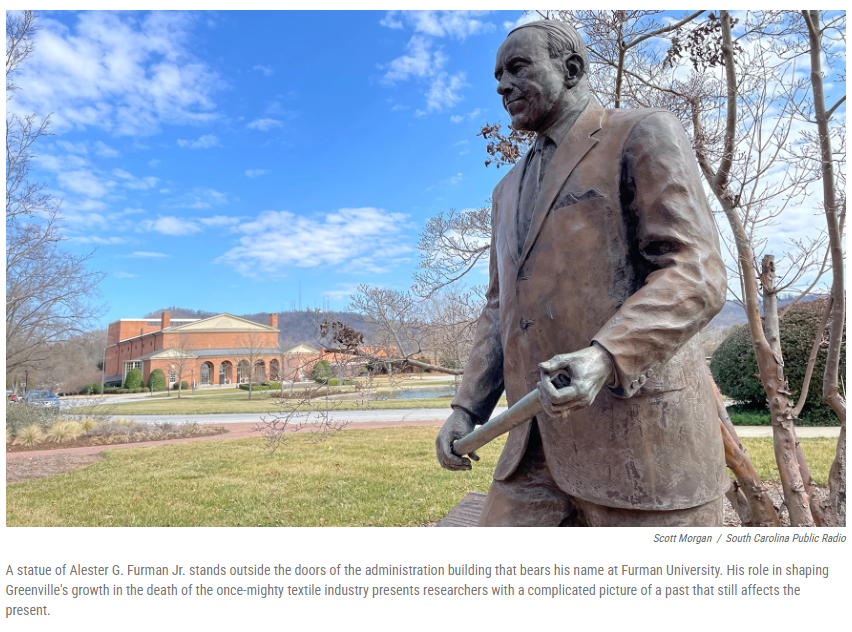SOUTH CAROLINA: Wildlife refuge in Charleston County added to Reconstruction Era National Historic Network
ADAMS RUN, S.C. — The Ernest F. Hollings ACE Basin National Wildlife Refuge is one of seven sites across the country being added to the Reconstruction Era National Historic Network.
The network connects locations across the country that provide education opportunities and research related to the Reconstruction Era, the historic period following the Civil War when the United States worked to reintegrate the states that seceded as well as the millions of newly freed African Americans.
The wildlife refuge is joining 33 other South Carolina sites as a part of the network that includes Charles Pinckney National Historic Site in Mount Pleasant and Fort Sumter and Fort Moultrie National Historical Park on Sullivan’s Island.
Managed by the U.S. Fish & Wildlife Service, the ACE Basin National Wildlife Refuge was established in Sept. 1990 as the ACE Basin NWR, and was renamed after retired U.S. Sen. Ernest F. Hollings.
It’s only a small part of the 350,000-acre Ashepoo-Combahee-Edisto Basin system.
The refuge, almost 12,000 acres, is composed of two units, the Edisto Unit along the South Edisto River and the Combahee Unit in Beaufort, Colleton and Hampton counties. In the Edisto Unit is the Grove Plantation — a major rice plantation that’s been listed on the National Register of Historic Places, an official list of historic places in the country worthy of preservation since 1978.
The other community sites being added are the Africatown Historic District near Mobile, Alabama; the Old Cahawba Archaeological Park in Orville, Alabama; Freedom’s Frontier Heritage Area on the Eastern Kansas-Western Missouri Border; Lowndesboro First Missionary Baptist Church in Lowndesboro, Alabama; St. John’s AME Church in Norfolk, Virginia; and the Campground Historic District in Mobile, Alabama.
Becoming part of the network is an application process and has the following criteria: being directly related to the Reconstruction Era whether it’s a program or part of the National Park Service, is federally, state or privately owned, and either included or eligible to be in the National Register for Historic Places.
Additionally, it must be “of an educational, research, or interpretive nature.”
The Secretary of the Interior ultimately determines what sites and programs are included.
–postandcourier.com



